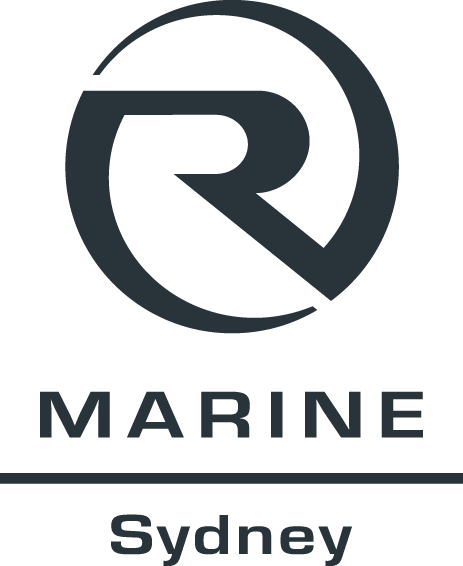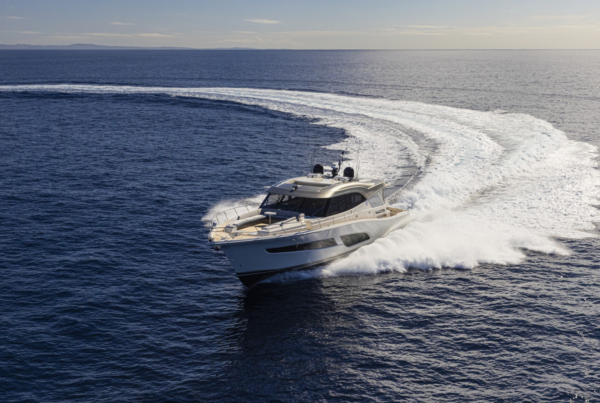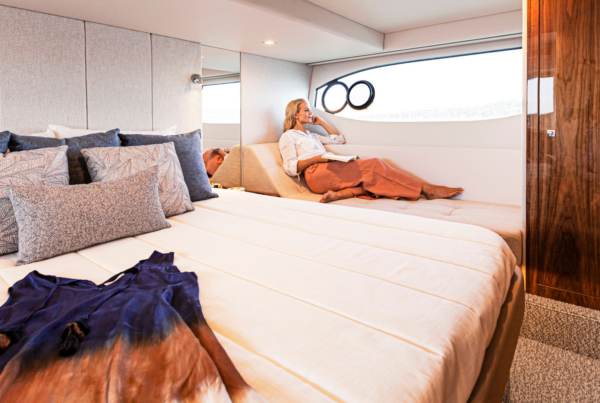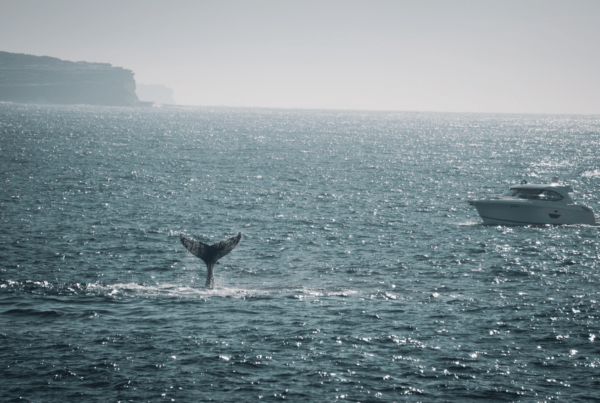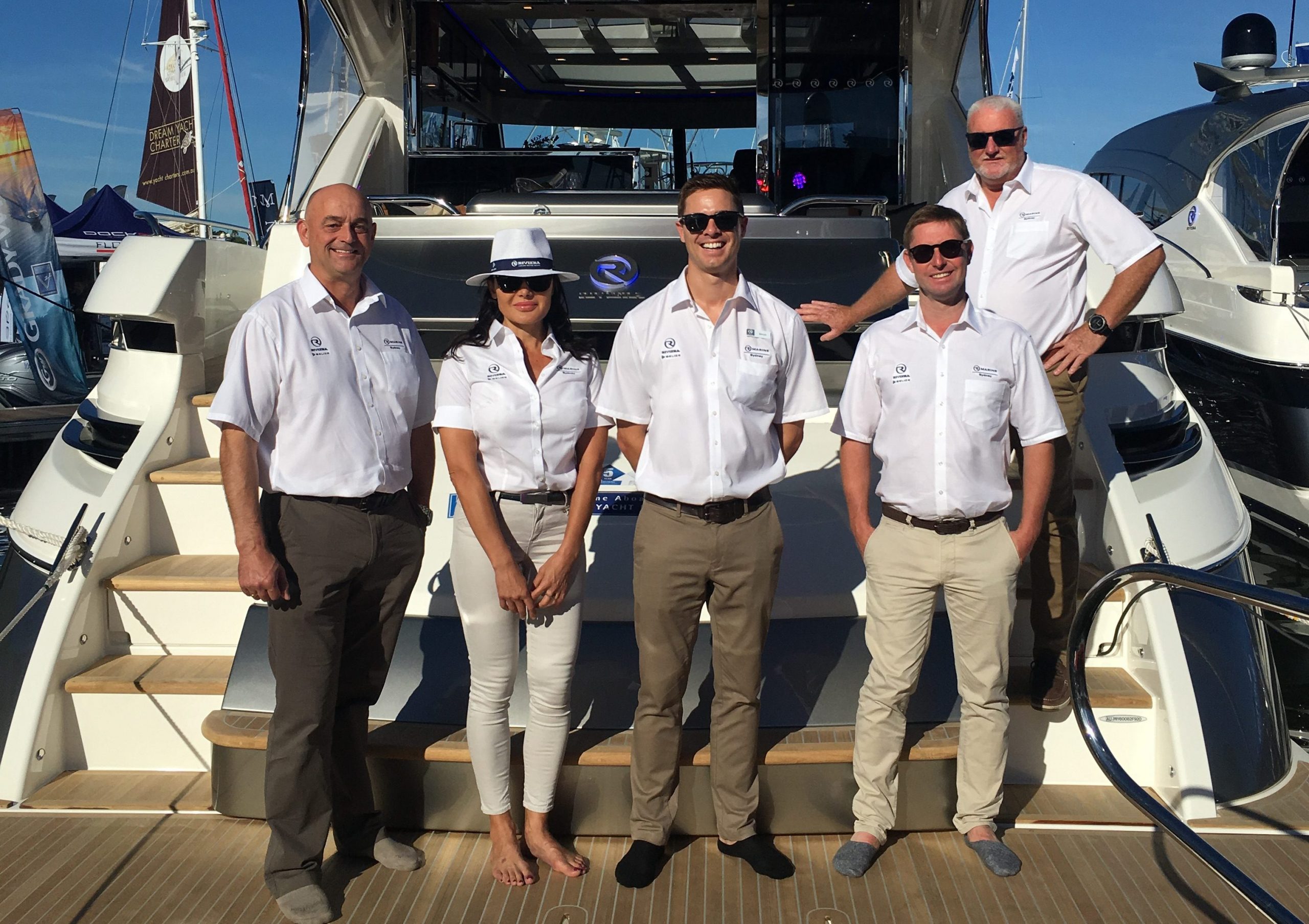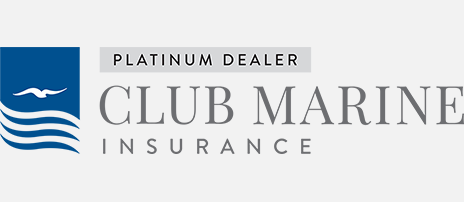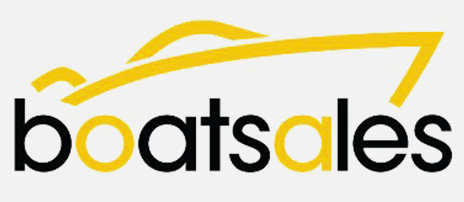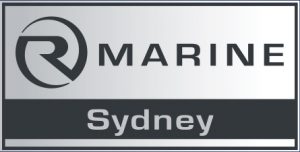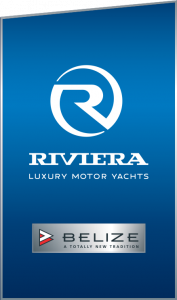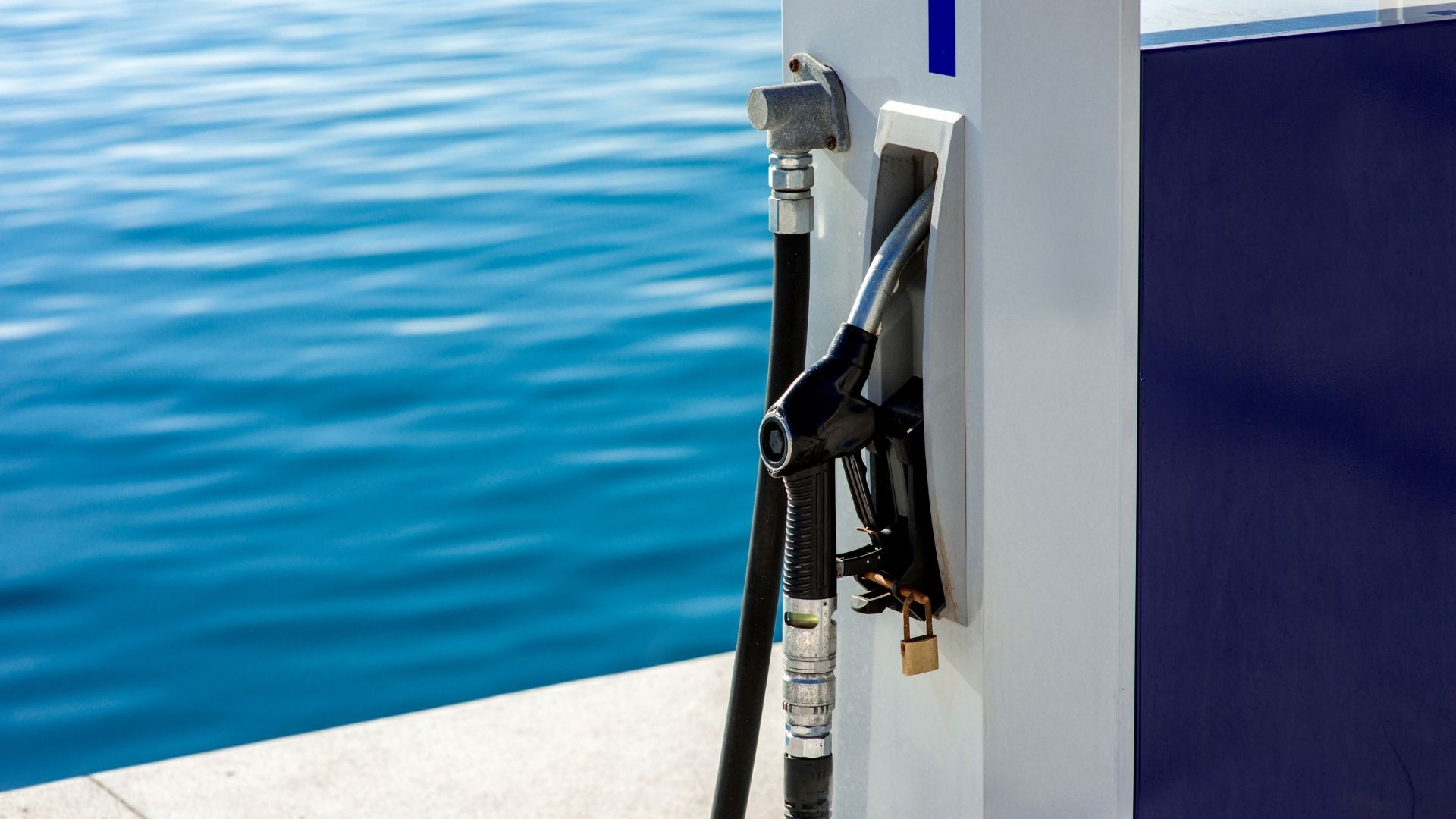
Fueling Your Boat: Best Practices for Safety and Efficiency
Fueling your boat may seem like a routine task, but it’s crucial to approach it with care and attention. Like any frequent activity, it’s easy to start cutting corners, but skippers must remember that fueling a boat can be a hazardous process. Adhering to proper fueling procedures ensures both safety and efficiency.
Before you begin fueling, always shut down the engines and ensure the boat is securely tied to the dock. Close all hatches and doors to prevent fuel vapors from entering the cabin, reducing the risk of combustion. While it may be tempting to use a tennis ball or other object to hold the fuel pump’s trigger, it’s vital to remain vigilant and handle the pump manually. Overflowing can lead to spills, which are not only dangerous but also subject to fines.
Understanding your boat’s fuel consumption at various speeds is also key to planning longer journeys. For example, a Riviera with IPS propulsion generally offers better fuel efficiency, with the Riviera 5400 Sport Yacht achieving an efficient cruising speed of 26 knots, consuming approximately 270 liters per hour. However, at lower displacement speeds, the 50 Sports Motor Yacht with a MAN V-drive option outperforms its IPS counterpart, achieving an impressive range of 2,060 nautical miles compared to the 1,750 nautical miles of the IPS version, all based on a 3,300-liter fuel capacity.
If you have any questions regarding fuel consumption or safe fueling practices, or if you’re unsure whether your Riviera is maximising its fuel efficiency, don’t hesitate to reach out to the team at R Marine Sydney. We’re always happy to help you get the most out of your vessel.
For optimal performance, we highly recommend using R Marine Sydney Fuel Treatment.
